
In the 1970s, acid rain emerged as a significant environmental concern, damaging forests, aquatic ecosystems, and infrastructure across North America and Europe. Through stringent regulations targeting sulfur dioxide and nitrogen oxide emissions, acid rain levels were substantially reduced by the 1990s. However, recent studies have identified a new, pervasive threat: rainfall contaminated with microplastics and per- and polyfluoroalkyl substances (PFAS), commonly known as “forever chemicals.” These pollutants are now detected globally, including in remote regions, raising alarms about their potential impacts on wildlife and human health.
Understanding Microplastics: Sources and Characteristics
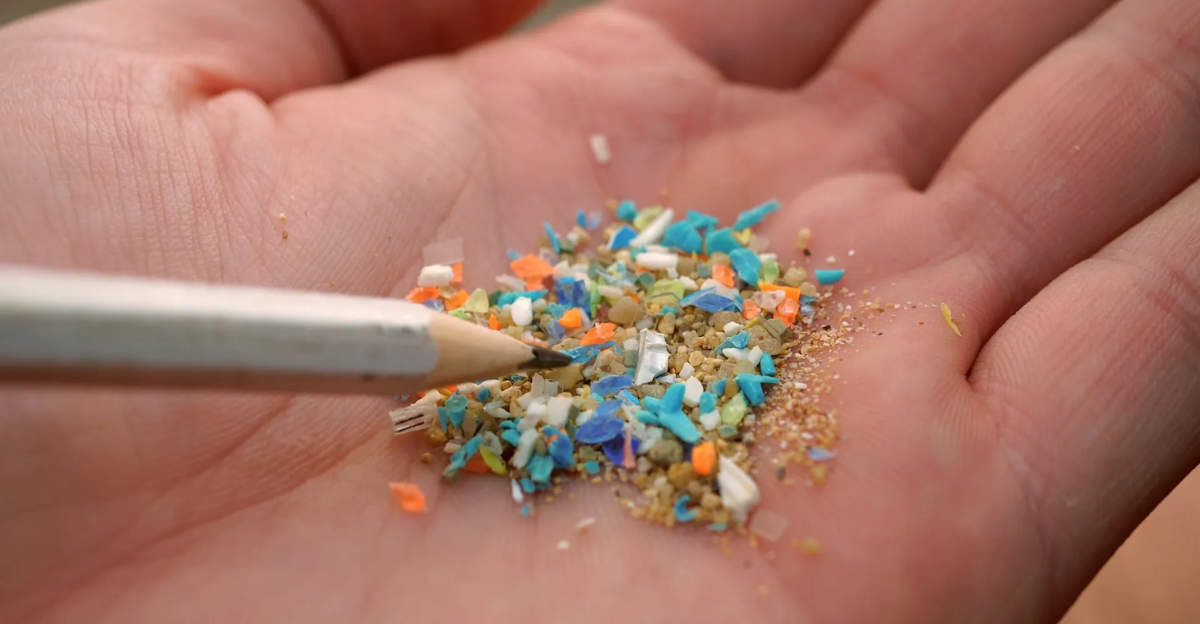
Microplastics are tiny plastic particles less than 5 millimeters in size, originating from the breakdown of larger plastic debris and the shedding of synthetic fibers. They are ubiquitous in the environment, found in oceans, rivers, soil, and now even precipitation. Their small size allows them to be easily transported through air and water, making them a pervasive contaminant.
PFAS: The Persistent ‘Forever Chemicals’
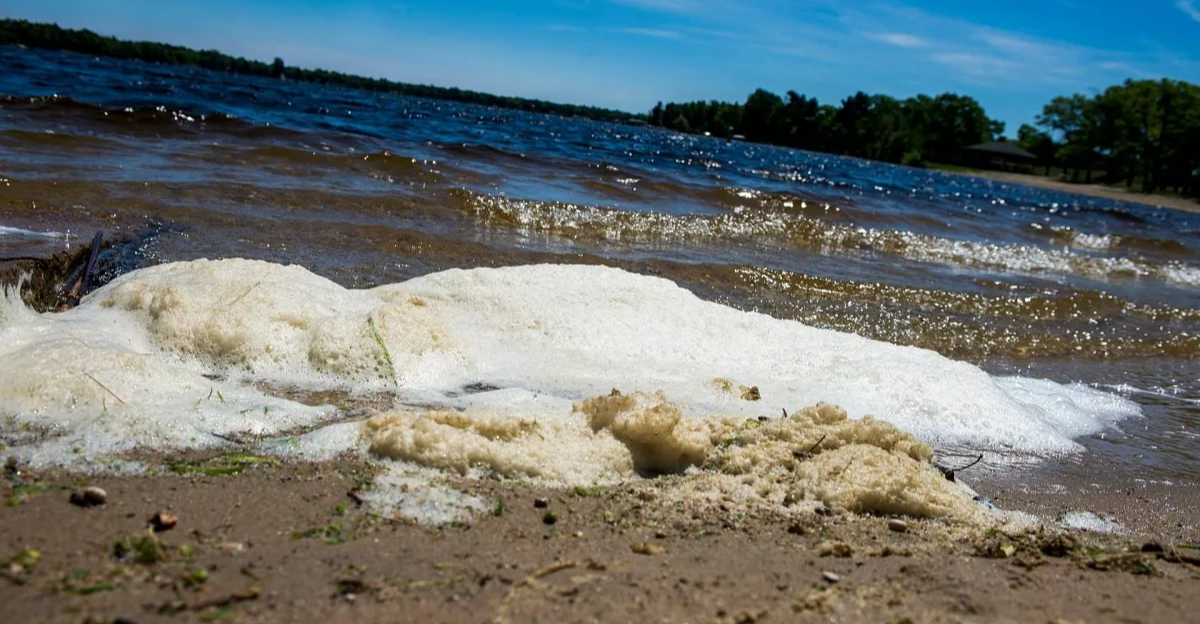
PFAS are a group of synthetic chemicals used in various industrial applications and consumer products, including non-stick cookware, water-repellent fabrics, and firefighting foams. They are termed “forever chemicals” due to their resistance to environmental degradation, which leads to their accumulation in water, soil, and living organisms. Their persistence poses significant challenges for environmental management and remediation efforts.
Mechanisms of Atmospheric Deposition
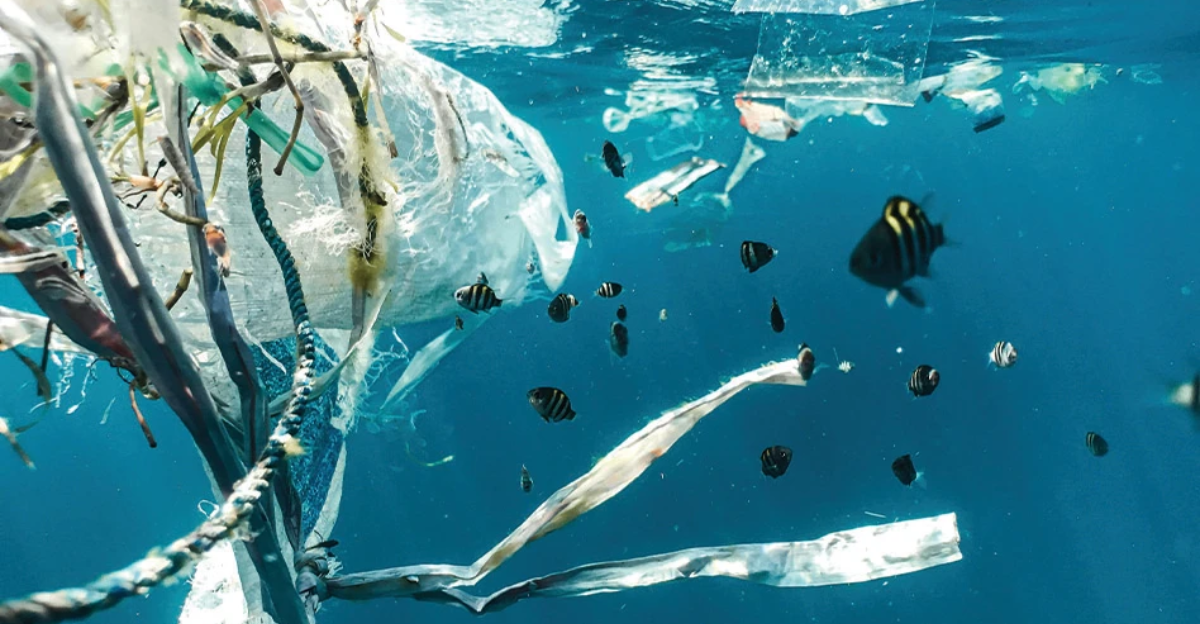
Microplastics and PFAS enter the atmosphere through various pathways, including wind-driven dispersion from land and sea surfaces, industrial emissions, and the volatilization of PFAS-containing compounds. Once airborne, these pollutants can travel long distances before being deposited back to the Earth’s surface via precipitation, leading to widespread environmental contamination.
Impact on Aquatic Ecosystems
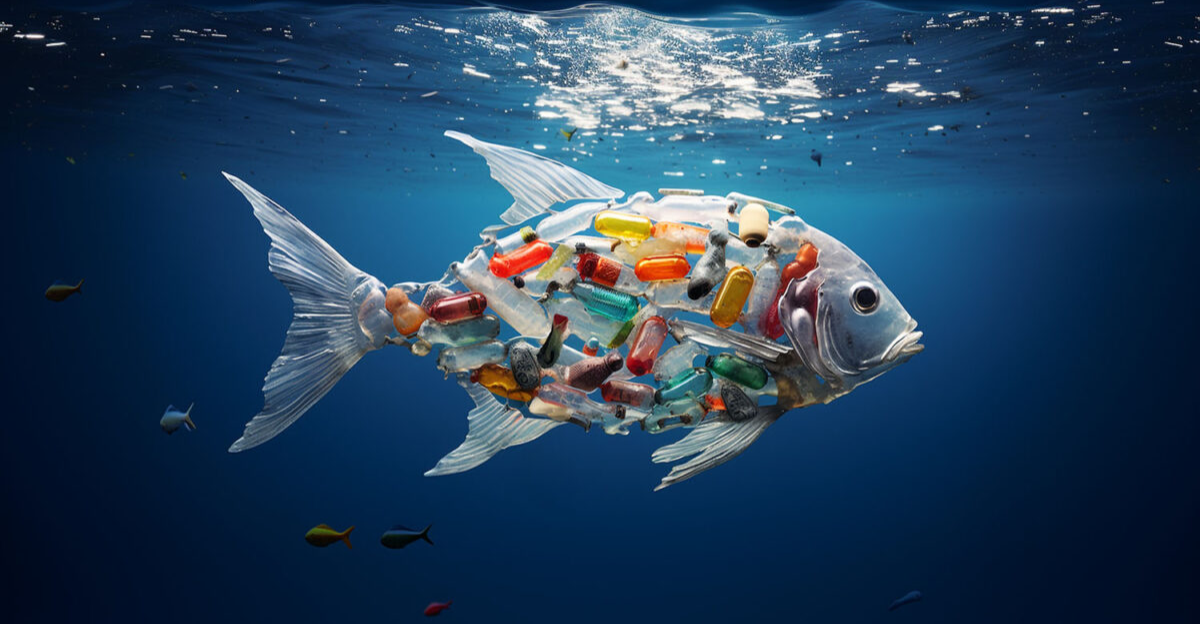
Deposing microplastics and PFAS into water bodies poses significant risks to aquatic life. Marine organisms can ingest microplastics, leading to physical harm, while PFAS can bioaccumulate, resulting in toxic effects. These pollutants can disrupt reproductive systems, impair growth, and increase mortality rates in aquatic species, thereby affecting biodiversity and ecosystem stability.
Terrestrial Wildlife Exposure
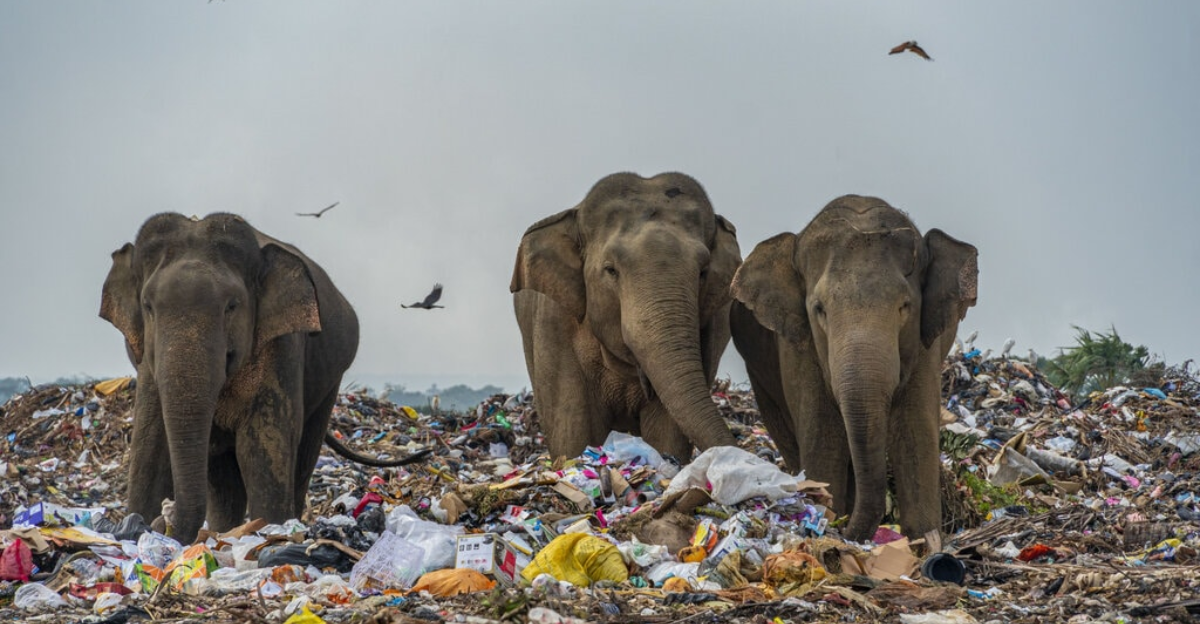
Terrestrial animals are also at risk, as they can ingest or inhale microplastics and PFAS from contaminated soil, water, and air. Studies have detected these pollutants in various wildlife species, indicating widespread exposure. The health implications for terrestrial fauna are concerning, with potential effects on reproduction, development, and survival.
Bioaccumulation and Biomagnification
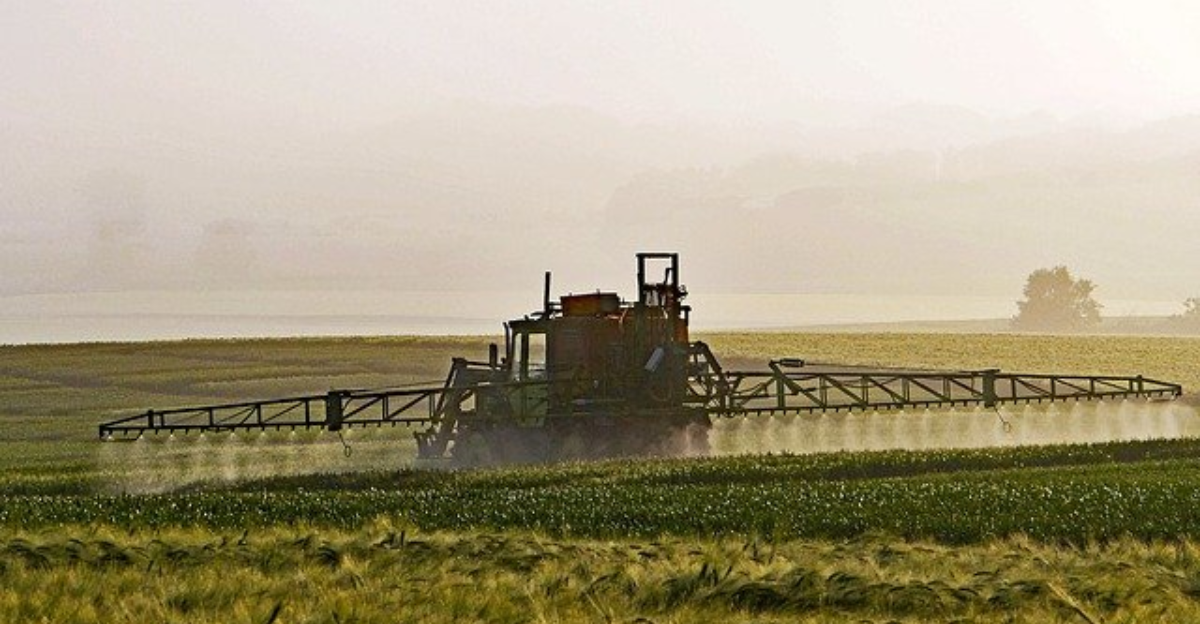
Both microplastics and PFAS have the potential to bioaccumulate in organisms and biomagnify up the food chain. This means that top predators, including certain wildlife species and humans, may experience higher concentrations of these pollutants, leading to more severe health effects. The persistence of these substances exacerbates their long-term impact on ecosystems.
Human Health Implications

Microplastics and PFAS in the environment pose direct and indirect risks to human health. Exposure can occur through consuming contaminated water and food, inhaling airborne particles, and dermal contact. Health concerns associated with these pollutants include endocrine disruption, immune system impairment, and an increased risk of certain cancers.
Challenges in Mitigation and Regulation

Addressing rainfall contamination by microplastics and PFAS presents significant challenges. Their widespread use, environmental persistence, and the complexity of their chemical structures make regulation and remediation difficult. Current water treatment technologies are often ineffective at removing these pollutants, necessitating the development of advanced filtration methods and stricter regulatory frameworks.
Global Efforts and Policy Responses

Internationally, efforts are underway to assess and mitigate the impact of microplastics and PFAS. Policy initiatives focus on reducing the production and use of these substances, promoting alternative materials, and enhancing environmental monitoring. Public awareness campaigns educate consumers and industries about these pollutants’ ecological and health risks.
The Path Forward: Research and Innovation
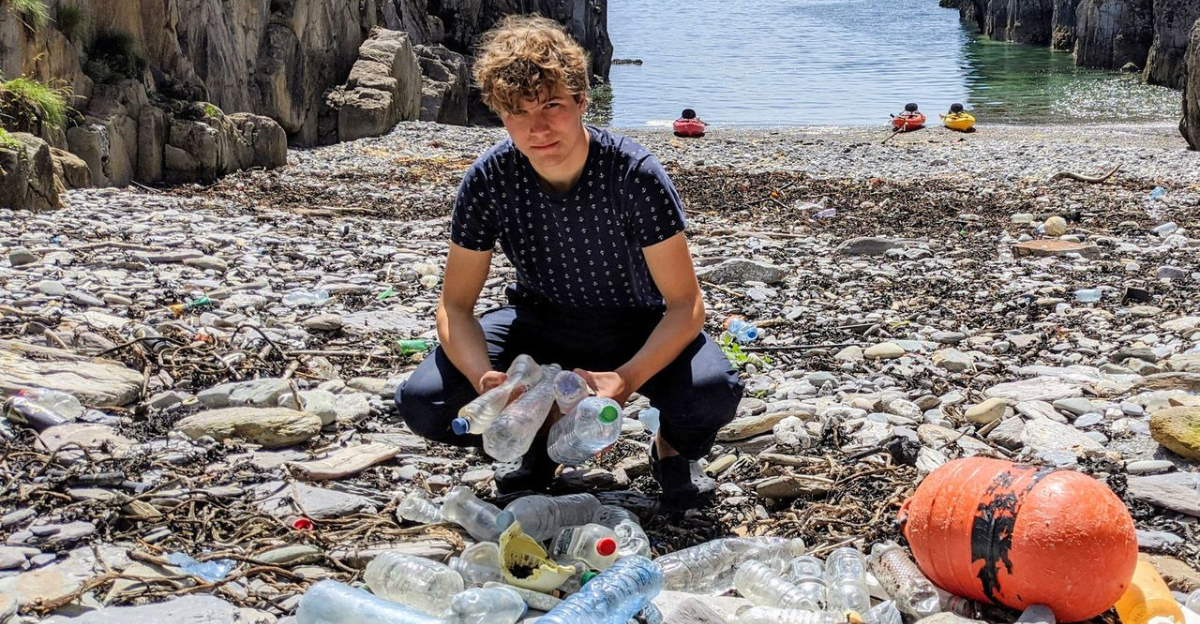
Ongoing research is crucial to fully understanding the environmental and health impacts of microplastics and PFAS. Innovations in pollution control technologies, sustainable materials, and waste management practices are essential to mitigate their presence in the environment. Collaborative efforts between governments, industries, and communities are vital to effectively addressing this emerging threat.
Explore more of our trending stories and hit Follow to keep them coming to your feed!

Don’t miss out on more stories like this! Hit the Follow button at the top of this article to stay updated with the latest news. Share your thoughts in the comments—we’d love to hear from you!







